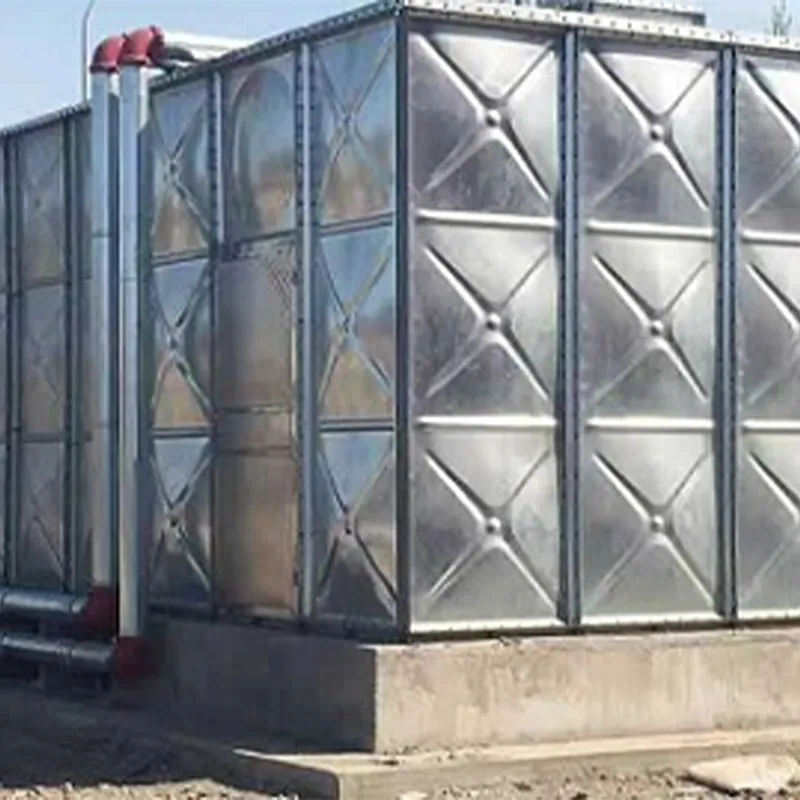loading...
- No. 9, Xingyuan South Street, Dongwaihuan Road, Zaoqiang County, Hengshui, Hebei, China
- admin@zjcomposites.com
- +86 15097380338
- Welcome to visit our website!
Exploring the Benefits of FRP Stair Systems for Modern Construction Projects
Exploring the FRP Stair A Modern Solution for Safety and Aesthetics
In recent years, the construction industry has seen significant advancements in materials technology, notably with the introduction of Fiber Reinforced Polymer (FRP) as a preferred option for various structural applications, including staircases. FRP stairs have gained popularity due to their unique properties, which provide a blend of safety, durability, and aesthetic appeal. This article explores the characteristics, benefits, and applications of FRP stairs, highlighting their transformative impact on construction and architecture.
What is FRP?
Fiber Reinforced Polymer (FRP) is a composite material composed of a polymer matrix reinforced with fibers, typically glass, carbon, or aramid. This combination allows FRP to possess remarkable mechanical strength while remaining lightweight. The inherent properties of FRP make it an excellent choice for applications that require high performance and resilience against environmental factors.
Key Benefits of FRP Stairs
1. Durability and Longevity One of the standout features of FRP stairs is their exceptional resistance to corrosion, moisture, and chemical exposure. Traditional materials like metal or wood often succumb to environmental degradation, requiring frequent maintenance or replacement. In contrast, FRP stairs retain their structural integrity and appearance even in harsh conditions, making them a cost-effective long-term solution.
2. Lightweight FRP is significantly lighter than alternatives such as steel or concrete. This quality simplifies installation processes, reduces transportation costs, and minimizes the structural load on buildings. The lightweight nature of FRP also offers greater design flexibility, allowing architects and builders to create intricate and innovative stair designs.
3. Safety Features Safety is a paramount concern in any construction project. FRP stairs can be designed with slip-resistant surfaces, enhancing traction and reducing the likelihood of accidents. Additionally, they are non-conductive, making them an ideal choice for environments where electrical hazards are a concern, such as in manufacturing plants or laboratories.
frp stair

4. Aesthetic Versatility Beyond practicality, FRP stairs can be engineered to suit various aesthetic preferences. With a range of colors, finishes, and designs available, they can be customized to complement any architectural style. This versatility allows for creative expression while ensuring the staircase meets safety and functional standards.
5. Sustainability Environmental considerations are increasingly influencing material choices in construction. FRP is often made from recycled materials, and its longevity contributes to lower waste generation over time. Additionally, the reduced need for maintenance and replacement means less overall resource consumption, aligning with sustainable building practices.
Applications of FRP Stairs
FRP stairs are suitable for a diverse array of applications. They are extensively used in industrial settings, where exposure to chemicals and heavy foot traffic makes durability essential. Outdoor environments, such as parks and public spaces, benefit from FRP's weather-resistant properties. The residential market has also started to embrace FRP stairs, particularly in modern home designs, due to their aesthetic flexibility and safety features.
In public infrastructure, such as bridges and transit systems, FRP stairs provide weight savings and resistance to environmental degradation, leading to longer-lasting solutions. Furthermore, in areas prone to flooding or where traditional materials might fail over time, FRP stairs offer a reliable alternative.
Conclusion
The incorporation of FRP stairs into construction projects represents a significant advancement in material science and engineering. With their combination of durability, safety, aesthetic versatility, and sustainability, FRP stairs are positioned to meet the evolving demands of architects, builders, and end-users. As the industry continues to innovate, we can anticipate even more exciting developments in the use of FRP, further solidifying its role as a game-changing material in the construction landscape. Embracing FRP not only leads to safer and more efficient structures but also contributes to a more sustainable built environment.
-
GRP Structures: The Future of Lightweight, High-Performance EngineeringNewsJun.20,2025
-
FRP Water Tank: High-Performance Storage for Corrosive and Clean Water SystemsNewsJun.20,2025
-
FRP Square Tube: The New Industry Standard for Chemical and Structural ApplicationsNewsJun.20,2025
-
FRP Pultruded Profiles: The Ultimate Choice for Lightweight Structural StrengthNewsJun.20,2025
-
FRP Handrails: The Safer, Smarter, and Stronger Choice for Modern InfrastructureNewsJun.20,2025
-
FRP Grating: The Smart Solution for Durable, Lightweight Industrial FlooringNewsJun.20,2025
-
Why Choose a Galvanized Water Tank for Your Storage NeedsNewsMay.21,2025
